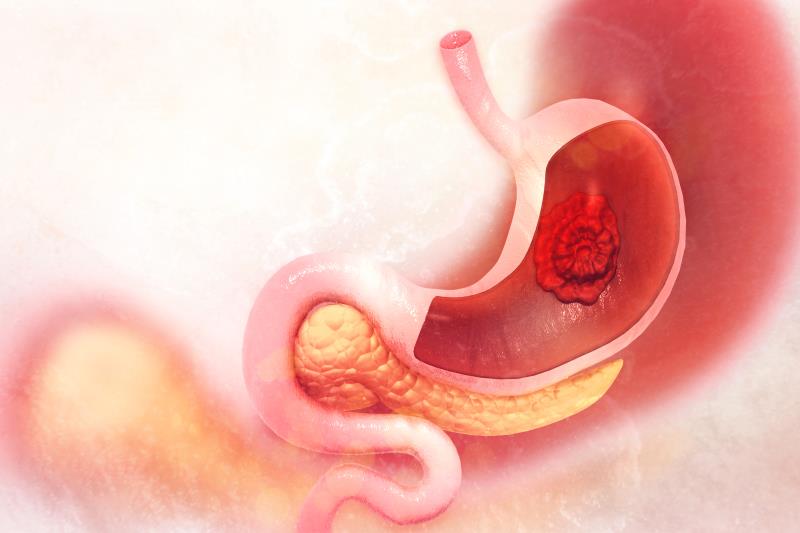
Tumour diameter, depth and histological type are correlated with overtreatment with surgery in patients with early gastric cancer (EGC), a recent study has found.
Researchers performed a retrospective analysis of 781 EGC patients (median age, 68 years; 72.5 percent male) who were treated with surgical resection. Postoperative outcomes were used to determine whether patients indeed needed surgery or were overtreated. Predictive factors assessed included tumour diameter, depth, ulcerative diagnoses and main histology.
More than a quarter were identified to have been overtreated (28.7 percent; n=224). Almost half of the patients were misdiagnosed in terms of ulcerative findings (49.6 percent) and depth (40.7 percent). Misdiagnosis of histological type (14.7 percent) and tumour diameter (5.1 percent) were much rarer.
Comparison according to treatment appropriateness showed that misdiagnosis of tumour diameter (14.7 percent vs 1.3 percent), depth (75.9 percent vs 26.6 percent) and main cancer histology (24.1 percent vs 11.0 percent) were all significantly over-represented in patients who were overtreated with surgery.
These were confirmed in multivariate analysis. Misdiagnosis of tumour diameter (odds ratio [OR], 19.8, 95 percent confidence intervals [CI], 7.5–52.2; p<0.0001), depth (OR, 15.0, 95 percent CI, 9.6–23.8) and histology (OR, 6.1, 95 percent CI, 3.5–10.6; p<0.0001) were all significant predictors of overtreatment with surgery.
The findings indicate that there is a need to exercise greater care before prescribing endoscopic submucosal dissection for EGC patients, said researchers. Employing additional diagnostic techniques could be helpful toward this end.